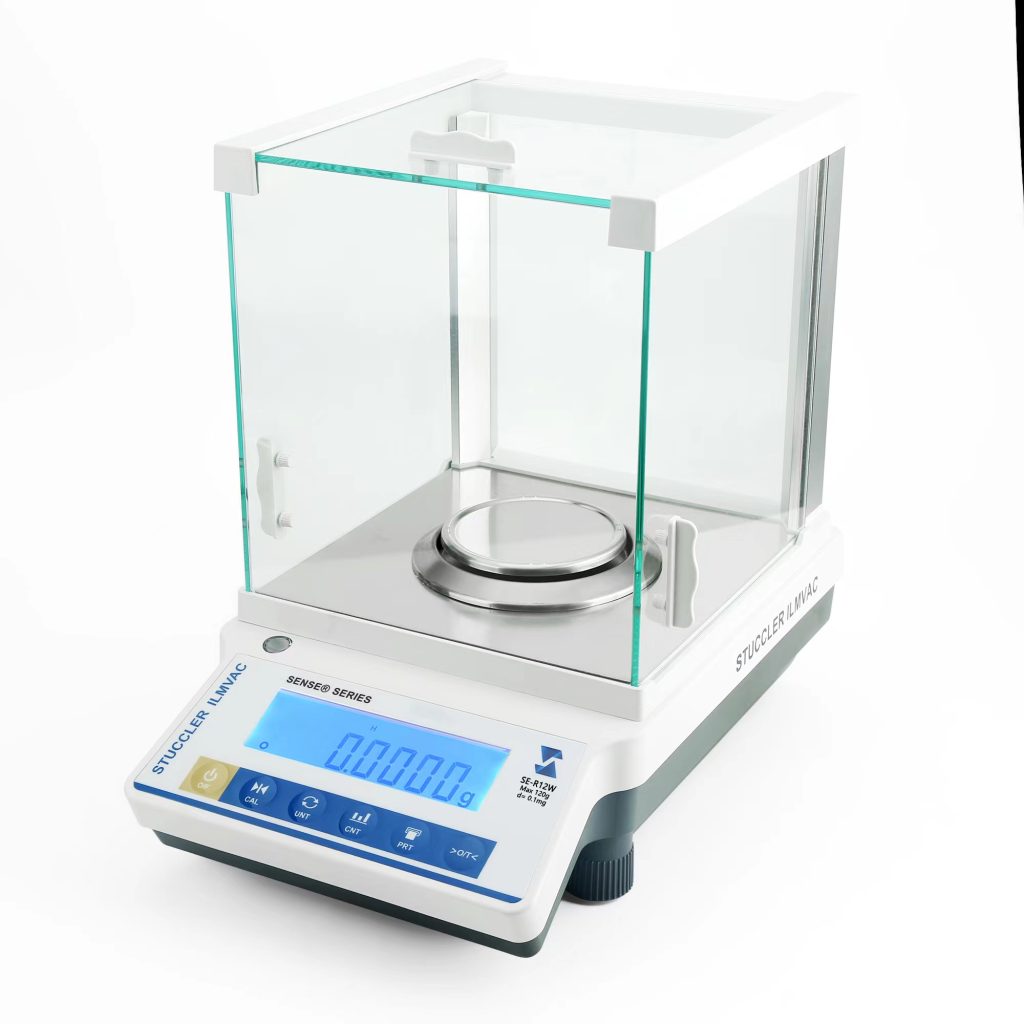What is analytical balance for?
Analytical balances are highly sensitive lab instruments designed to accurately measure mass. Their readability has a range between 0.1mg – 0.01mg. Analytical balances have a draft shield or weighing chamber to prevent the very small samples from being affected by air currents
What is the difference between analytical balance and digital balance?
The Analytical balances can perform as well as classically deliver results of 0.1g, 0.01g or 1mg but an Electronic balance can measure up to 3 or 4 decimal places as per the model and designing of the balance
What is the difference between top loading and analytical balance?
Toploading balances are appropriate when the upper margin of error on a weight is 0.05 g or larger, as opposed to analytical balances, which have a margin of error of 0.5 mg. The toploading balance does not offer protection from air disturbances, and generally can weigh up to the low-kilogram range
How is an analytical balance cleaned?
Use a tissue to do this, rather than trying to blow the dust off of the instrument, which could unintentionally move dirt or other materials into the balance. After any powder and dust is gone, remove sticky substances using a damp, lint-free cloth and mild solvent such as isopropanol or ethanol 70%
Why is it important to zero the balance before using it?
Weighing directly requires that the balance be carefully zeroed (reads zero with nothing on the balance pan) in order to obtain accurate results. A clean piece of weighing paper is placed on the balance and weighed. This is the first reading.
What is the basic principle of analytical balance?
How does an analytical balance work? Analytical scales measure the force needed to counter the mass of a sample rather than using actual masses. They use an electromagnet to generate a force to counter the sample and output the result by measuring the force needed to achieve balance
How accurate is an analytical balance?
An analytical balance will measure the accuracy of 0.0001 to 0.00001g. If extream accuracy is not important a top-loading balance will work just fine in measuring the accuracy of 0.001g. There are many other types of balances available on the market not covered in today’s article.
Do and dont for analytical balance?
Ensure that you place the balances in an area with controlled humidity and temperature. They should not be exposed to direct sunlight since it can cause temperature variations inside the weighing chamber. Don’t place the balances next to doors or windows since opening or closing them will result in air draft
What is the uncertainty of an analytical balance?
Generally, uncertainty can be expressed as the sample’s weight (the value of measured quantity), the ± sign and the value of the measurement uncertainty itself. So if a balance has an uncertainty measurement of 1mg and you’re measuring 10g, the result should be 10±0.01%
What is the advantage of analytical balance?
Analytical balances can measure even the slightest fluctuation in weight, even down to the smallest decimal point. Analytical balances often feature a draft shield that helps to keep out any dust particles or drafts that could inadvertently alter the weight








